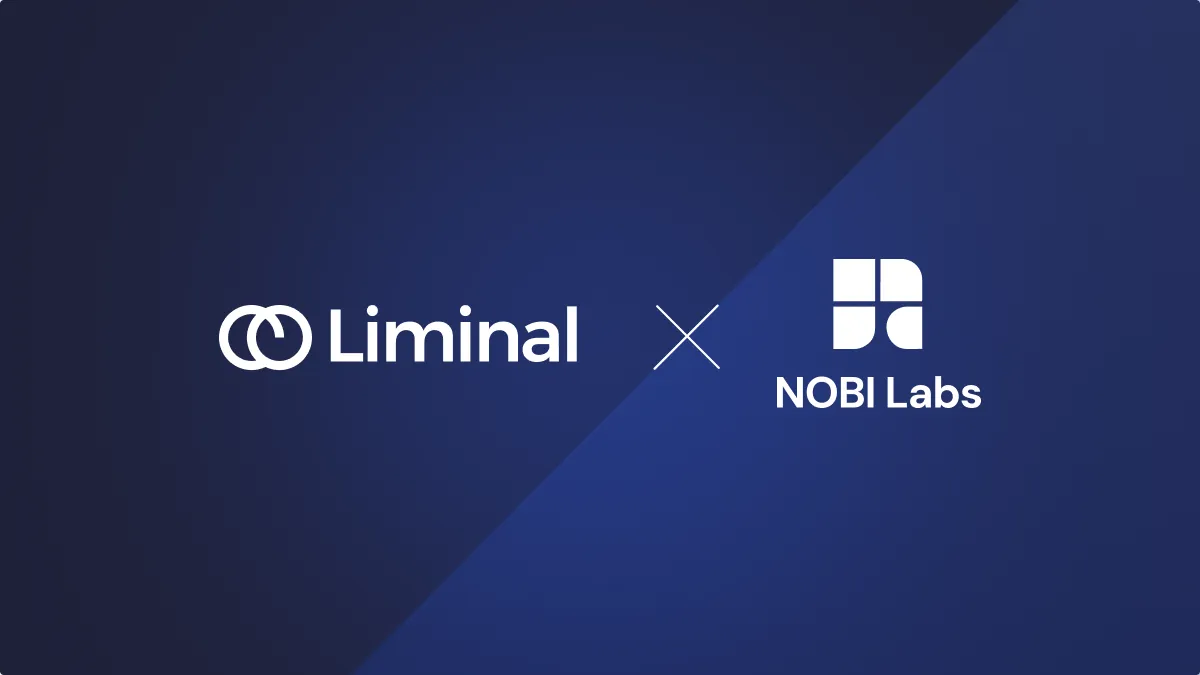The crypto industry brings the opportunity to exponentially increase the value of your investments as digital asset prices can hit unprecedented highs. Now, couple that with the prospects that DeFi presents – yield generation capabilities can get astronomical. Let us not forget the blockchain network that brought such possibilities into existence – Ethereum. The blockchain recently moved to the Proof-of-Stake (PoS) consensus mechanism, where network validators are required to lock in their ETH to secure the network, in turn, earning rewards.
Staking, however, is nothing new. PoS blockchains have existed since 2012, with the introduction of Peercoin. More recently though, staking as a concept was extrapolated to DeFi. Thus, users began earning rewards from DeFi protocols by depositing their tokens for purposes other than securing networks. What’s more, the power of DeFi enables staked liquidity to operate in multiple protocols, accruing unprecedented yields from multiple layers of staking.
While such prospects exist for DeFi users, those securing PoS networks cannot accumulate comparably high rewards. PoS networks lock up validator stakes until they are withdrawn, thereby making them illiquid and not capable of collecting additional yields. But the transition of Ethereum to PoS has allowed for innovations that help overcome the illiquidity hurdle to gain massive traction. Therefore, those securing networks can also enjoy DeFi yields. The concept is known as liquid staking and is taking the blockchain world by storm.
Unlock the potential of digital assets for your institution
Liquid Staking and The Need for It
Liquid staking is an innovative version of PoS staking that brings additional benefits to those participating in network upkeep. This kind of staking allows staked funds to be utilized in reward-generating measures beyond what PoS staking can offer.
Validators on PoS blockchains play a crucial role in adding new blocks containing transaction information to the blockchain. To become a validator, they have to stake the protocol’s native token as a security deposit, and in return, for their contributions to the network they receive rewards. The rewards are offered in the form of newly minted tokens along with a portion of the transaction fees received by the protocol.
While these rewards have been sufficient to attract many to secure networks, Ethereum’s switch to PoS consensus has led to the introduction of protocols that can generate greater rewards. Like any innovation, liquid staking was inspired because of necessity.
Secure and manage your digital assets with Liminal
Basically, all the ETH staked on the network are locked until the Shanghai update. Ethereum’s staking integration began way back in 2020 with the introduction of its Beacon Chain. The
Beacon chain only merged with the Ethereum main network in 2022. So, several validators have had their funds locked in Ethereum’s staking pools from way back in 2020. Moreover, the staking rewards also get added to the pool and thereby get locked.
Since the staking minimum for Ethereum validators is high (32 ETH) it can obviously cause liquidity crunches. Beyond that, locking such large amounts in staking pools leads to capital inefficiency. These conditions are keeping many would-be validators from staking in the network.
Staking options do exist that allow users to stake smaller amounts of ETH and delegate rather than validate. Certain PoS chains allow users to delegate smaller amounts to validators for incentives. Otherwise, crypto exchanges set up validator nodes and create staking pools where users can deposit their assets for similar rewards. Exchanges even allow the withdrawal of the stake as and when the user pleases. Regardless, the funds remain locked exclusively to the staking pool until withdrawal while they can be doing so much more concurrently.
Liquid Staking Makes PoS Blockchain Upkeep Highly Rewarding
This is where liquid staking makes its mark. Those looking to stake their cryptocurrency can deposit blockchain-native crypto assets into a liquid staking protocol. The protocol facilitates them in securing blockchain networks with their deposits while indulging in various other use
cases. As the concept has gained popularity on the Ethereum network, it is witnessing adoption on several other PoS blockchains like Solana and Polygon.
Liquid staking protocols route staked cryptocurrencies into blockchain staking pools while creating derivative tokens of the staked assets. For example, Lido, a decentralized liquid staking protocol issues stETH (staked Ether) tokens for staking ETH through it. The derivative tokens ideally maintain parity with the staked cryptocurrency, meaning their values are equivalent.
The liquid staking derivative tokens could be utilized by users on various supported protocols, just like they would have done with the actual asset if they hadn’t staked them. Users are free to use the derivative tokens for activities like trading, borrowing and participation in various complex DeFi strategies to earn yields which are in addition to the staking rewards offered by the protocol. It offers a combination of passive and active income streams to participants through efficient utilization of capital which would otherwise have remained locked in the case of a conventional staking process.
The Downsides to Liquid Staking
Nevertheless, DeFi ecosystems are risky to tread, and losing derivative tokens in bad opportunities can spell disaster. Derivative tokens need to be returned to the liquid staking protocol they were acquired from to access the staked cryptocurrency and the generated rewards.
Moreover, derivative tokens can lose the parity they hold with the staked cryptocurrency, making them worth less than the stake. Uneven demands or flawed issuance by liquid staking protocols can be reasons which could ultimately affect the functionality of the derivative tokens. Say they were being used as collateral – falling prices can mean automatic liquidations. Or they can generate lesser rewards from the pools they are deposited in. In certain cases, disturbance in parity can cause panic selling, driving token prices to the ground. Scenarios like this may cause user stakes to get trapped in liquid staking protocols.
Liquid Staking Is Collectively Beneficial for Networks, Participants, And DeFi Users
Liquid staking has become one of the most spoken-about developments of the crypto ecosystem in recent times. The added financial benefits it brings to the table are making it attractive for larger numbers of users to lock their funds for network upkeep. Moreover, the prominence of DeFi protocols that produce yields to very high degrees can make staking at the blockchain level undesirable. Thus, liquid staking is a win-win for everyone involved. Blockchain networks remain secured by more users, the total value locked increases, the prices of staked assets shoot up, and asset holders can gather attractive rewards.





